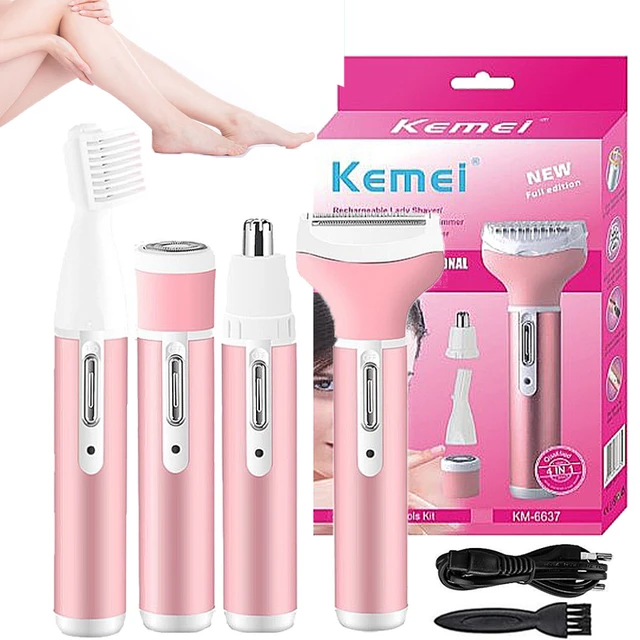
Is an Epilator Better Than Waxing?
Introduction:
When it comes to hair removal, both epilation and waxing are popular methods that offer longer-lasting results compared to shaving or using hair removal creams. However, deciding which method is better depends on individual preferences, pain tolerance, and specific needs. In this guide, we will explore the differences between epilation and waxing, including the process, effectiveness, pain level, convenience, and long-term results. By considering these factors, you can determine which method may be better suited for your hair removal routine.
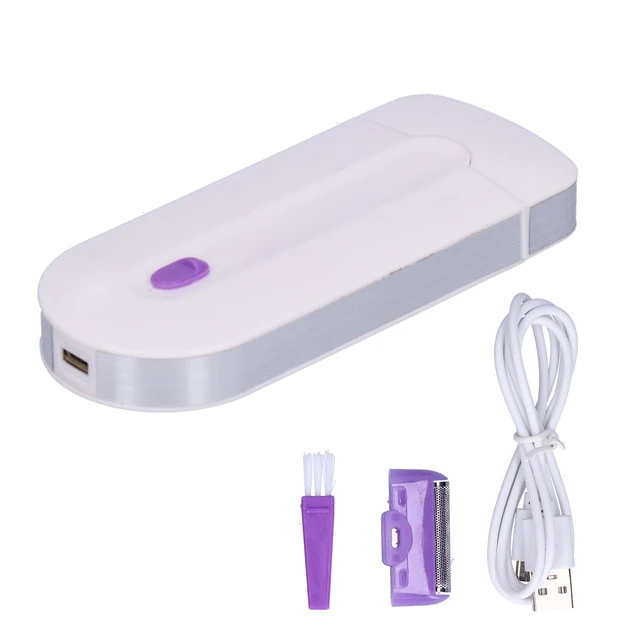
Is an Epilator Better Than Waxing?
Process and Effectiveness:
Epilation and waxing are both effective methods of hair removal, but they differ in terms of the process involved:
a. Epilation: Epilation involves using an epilator device that mechanically removes the hair from the root. The device grasps multiple hairs simultaneously and pulls them out, leaving the skin smooth. Epilation is quick and can be done in the comfort of your own home.
b. Waxing: Waxing involves applying warm wax to the skin in the direction of hair growth and then removing it quickly in the opposite direction, taking the hairs along with it. Waxing can be done at home with ready-to-use wax strips or at a professional salon.
Both methods are effective in removing hair from the root, leading to longer-lasting results compared to shaving, which only removes hair at the surface level.
Pain Level:
The pain experienced during epilation and waxing can vary depending on individual tolerance and the specific area being treated:
a. Epilation: Epilation can cause some discomfort since the device pulls multiple hairs out from the root simultaneously. However, many people find that the pain lessens with regular use as they become accustomed to the sensation.
b. Waxing: Waxing can also be uncomfortable, particularly during the actual hair removal process. The quick removal of the wax strip can cause a brief intense sensation, which may be more noticeable in sensitive areas. However, like epilation, waxing pain can diminish over time with regular treatments.
It’s important to note that pain tolerance varies among individuals, and both methods can be adjusted to minimize discomfort, such as using numbing creams or choosing products specifically formulated for sensitive skin.
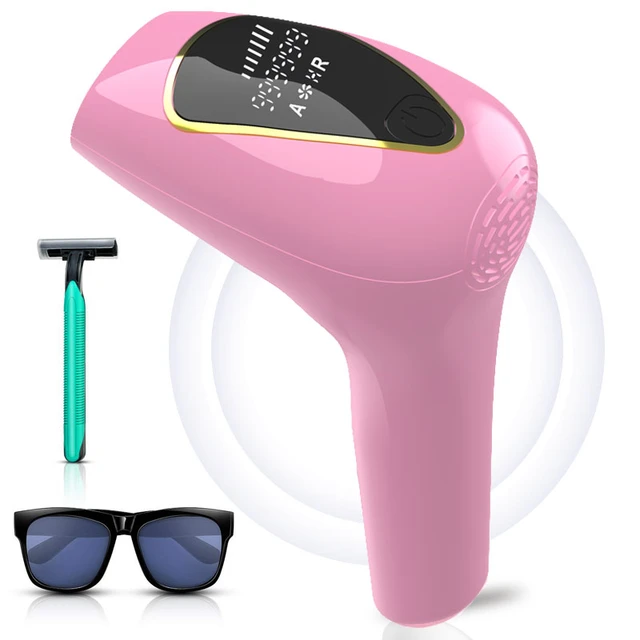
Convenience:
When considering convenience, several factors come into play:
a. Time and Frequency: Epilation can be a time-saving method since it can be done at home and does not require waiting for wax to heat or scheduling salon appointments. Epilation can be performed whenever it fits into your schedule, and since it removes hair from the root, regrowth may be slower, resulting in less frequent sessions.
b. Professional Assistance: Waxing, particularly in sensitive areas or for those new to the process, may be best performed by a trained professional. This requires booking appointments and potentially adhering to salon schedules. However, professional estheticians have experience in achieving optimal results and can provide guidance on aftercare and proper techniques.
Ultimately, the convenience factor will depend on personal preference and lifestyle.
Long-Term Results:
Both epilation and waxing offer longer-lasting results compared to shaving, but there are differences in the duration of hair regrowth:
a. Epilation: Epilation removes hair from the root, which can result in slower regrowth compared to shaving. With regular use, some people experience slower regrowth and finer hair over time. However, individual hair growth patterns, genetics, and other factors can influence the rate of regrowth.
b. Waxing: Like epilation, waxing removes hair from the root, leading to slower regrowth. Generally, waxed hair tends to stay smoother for a longer period compared to shaving. However, regrowth rates can vary depending on factors such as individual hair growth patterns, genetics, and hormonal influences.
It’s important to note that both methods are not permanent hair removal solutions and require regular maintenance to ensure desired results.
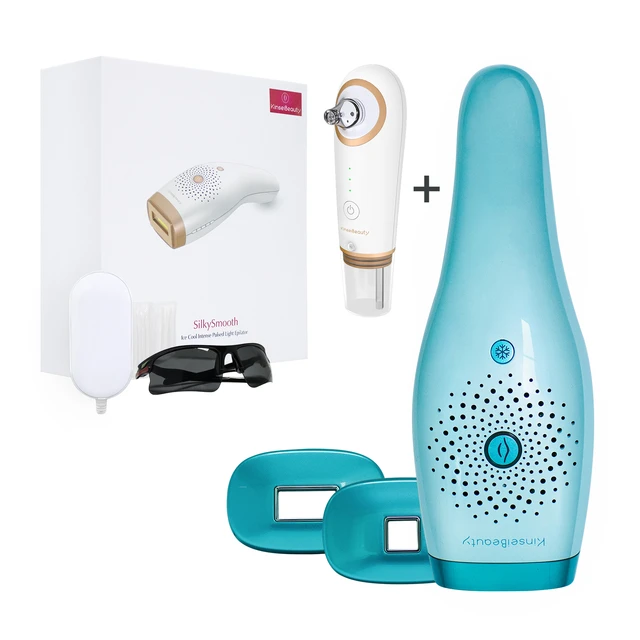
Suitability for Different Body Areas:
Epilation and waxing can be used on various body areas, but there are some considerations to keep in mind:
a. Epilation: Epilators are versatile and can be used on both larger and smaller areas of the body, including the legs, arms, underarms, bikini line, and even the face. Most epilators come with different attachments or settings to accommodate different body areas.
b. Waxing: Waxing can also be used on various body areas, including larger areas like the legs and arms, as well as smaller, more sensitive areas like the face, underarms, and bikini line. Professional estheticians can provide customized waxing services based on individual needs and preferences.
When choosing between epilation and waxing for specific body areas, consider factors such as pain tolerance, convenience, and personal preference.

Cost Considerations:
Cost is an important factor to consider when comparing epilation and waxing:
a. Epilation: Epilators are a one-time investment, with the cost varying depending on the model and brand. While the initial cost may be higher, the long-term expenses are minimal as there is no need to purchase additional disposable products. This makes epilation a cost-effective option over time.
b. Waxing: The cost of waxing can vary depending on whether it is done at home or by a professional. At-home waxing kits typically provide multiple uses, making them more cost-effective in the long run. However, professional waxing sessions can be more expensive, especially when factoring in recurring appointments and potential travel costs.
Consider your budget and the frequency at which you plan to remove hair when evaluating the cost-effectiveness of each method.
Skin Sensitivity and Allergies:
Skin sensitivity and allergies are important considerations when choosing between epilation and waxing:
a. Epilation: Epilators can be suitable for individuals with sensitive skin, as long as the device is used properly and the skin is prepared adequately. However, some people may experience temporary redness, irritation, or slight discomfort during and immediately after epilation. Conduct a patch test or consult with a dermatologist if you have specific concerns.
b. Waxing: Waxing can also cause temporary redness, irritation, or slight discomfort, especially for individuals with sensitive skin. Additionally, some individuals may be allergic to certain wax ingredients, so it’s essential to check the product’s ingredients and conduct a patch test before using.
If you have sensitive skin or known allergies, it’s crucial to choose products specifically formulated for your skin type or consult with a dermatologist before trying either method.
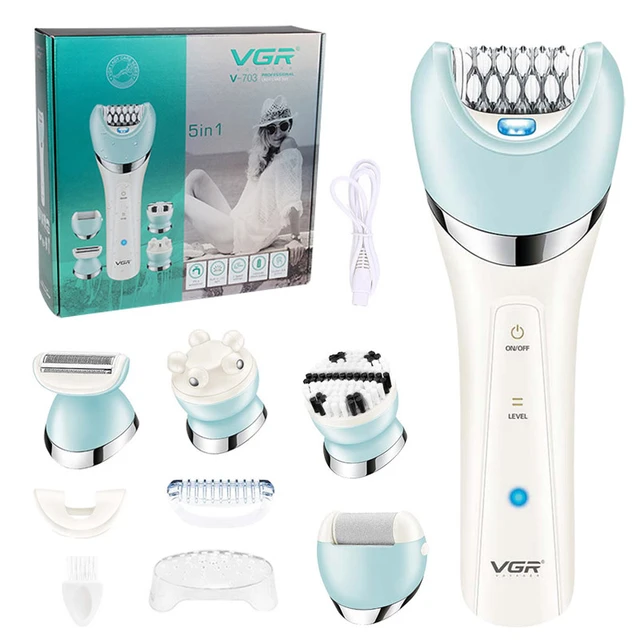
Conclusion:
Deciding whether an epilator or waxing is better depends on individual preferences, pain tolerance, and specific needs. Epilation offers the convenience of at-home use, quick sessions, and potentially slower regrowth. It can be a suitable choice for those seeking a cost-effective and versatile hair removal method. On the other hand, waxing provides the professional touch, particularly for sensitive areas or those new to the process. It can offer longer-lasting results and a more comfortable experience with regular treatments. Ultimately, the choice between epilation and waxing comes down to personal preference in terms of pain tolerance, convenience, and desired results. Consider trying both methods to determine which one suits your needs and provides the best hair removal experience for you.




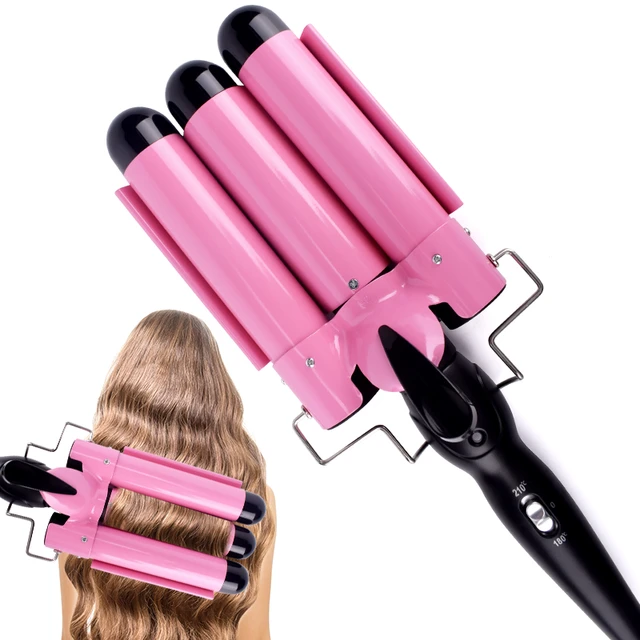
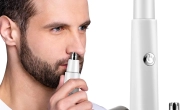

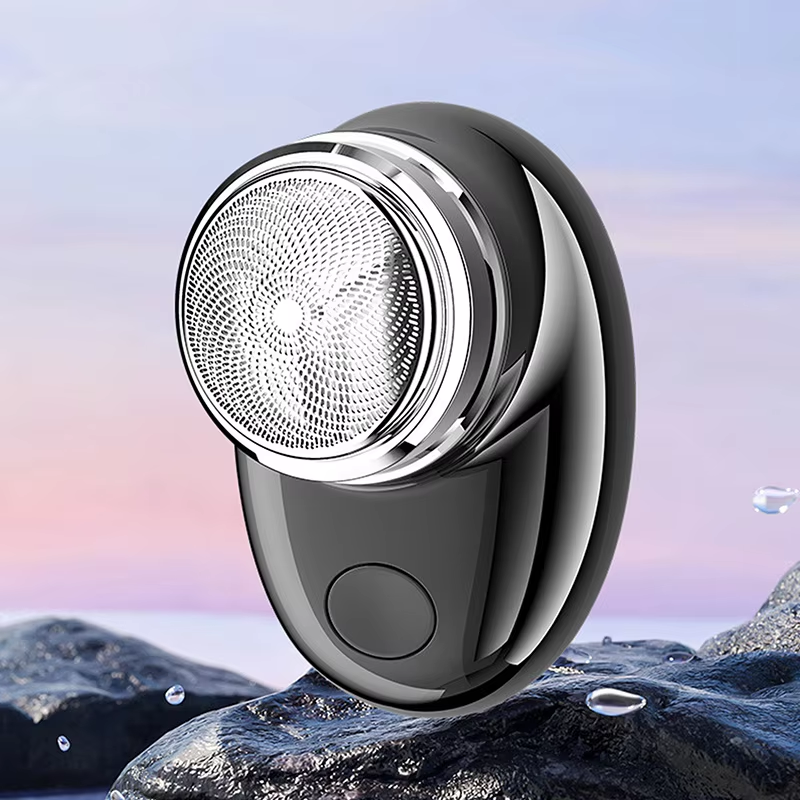
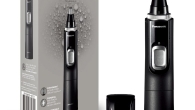
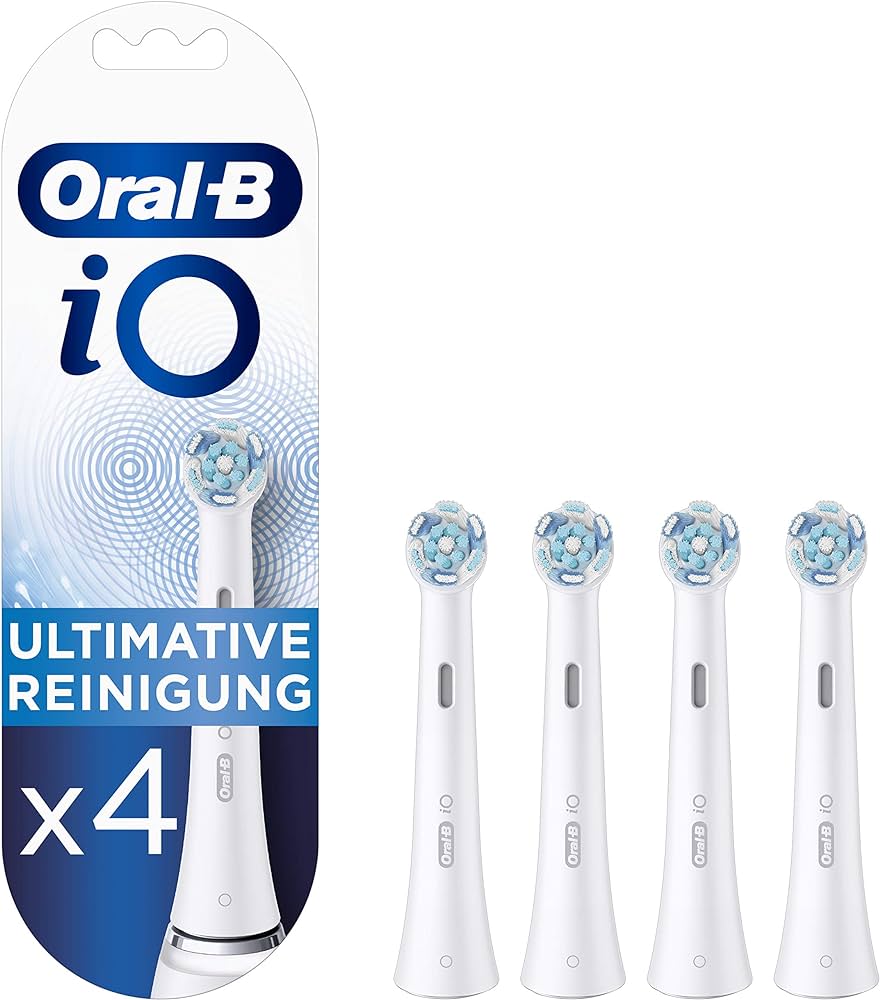

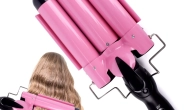
Leave a Reply
You must be logged in to post a comment.